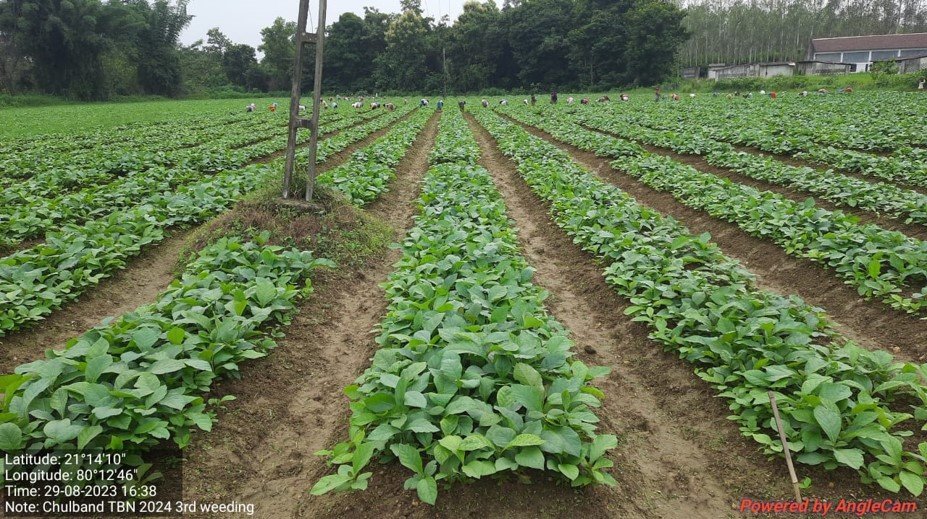
Farming in hilly or remote terrains is challenging—especially when it comes to water access. Traditional irrigation methods like underground pipes or canals often fail due to uneven land, high costs, or limited infrastructure. This is where Ropeway Irrigation comes in—a smart, sustainable, and cost-effective solution designed specifically for tough terrains.
🌿 What is Ropeway Irrigation?
Ropeway irrigation uses a cable-based system to transport water containers from a source (like a river or tank) to your farm, across difficult landscapes. Think of it as a mini cable car, but instead of people—it carries water.
The setup includes:
- Steel cables (ropeways) mounted on poles or trees
- Reusable water buckets or containers
- A manual, electric, or solar-powered pulley system
- A delivery point that feeds water into your field or tank
It’s simple, scalable, and ideal for areas where other methods are too expensive or just not possible.
🌍 Why Ropeway Irrigation Matters
- Saves Water: Less evaporation and no leakage like in pipes
- Saves Labor: No need to carry water manually uphill
- Eco-Friendly: Can be solar-powered and built with minimal land disruption
- Cost-Effective: Lower setup and maintenance costs
- Customizable: Works for tea, cardamom, vegetables, fruits, and more
👨🌾 Who Should Use It?
If you’re a farmer in hilly areas like Assam, Meghalaya, Sikkim, Uttarakhand, or similar regions—ropeway irrigation is made for you. It works great for small farms, large estates, and even shared community farming.